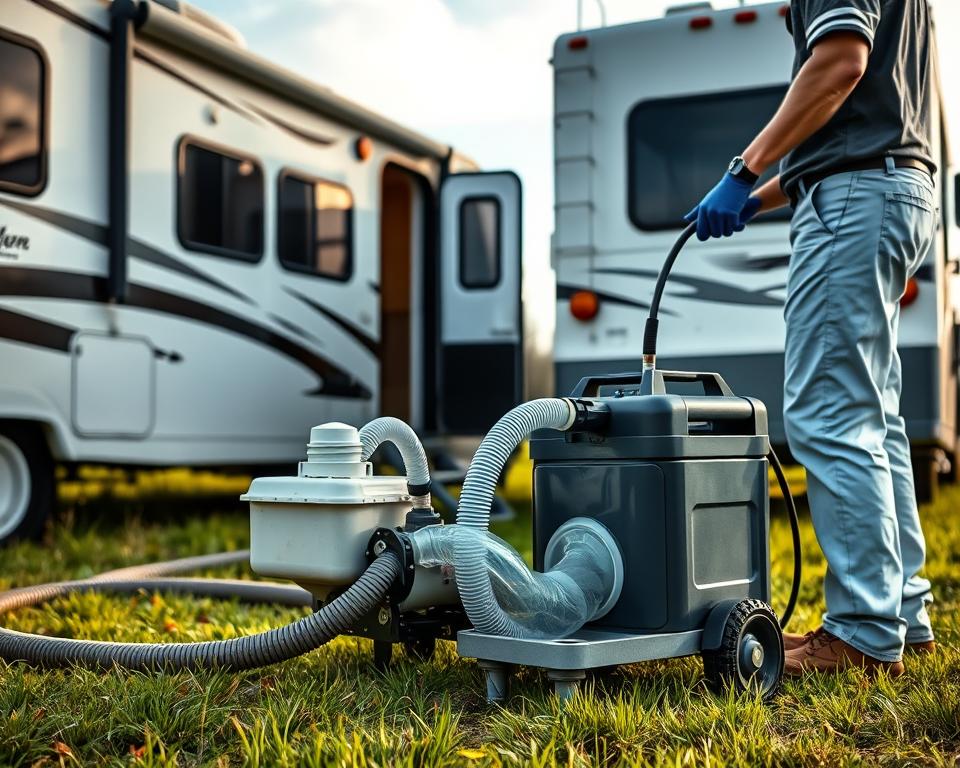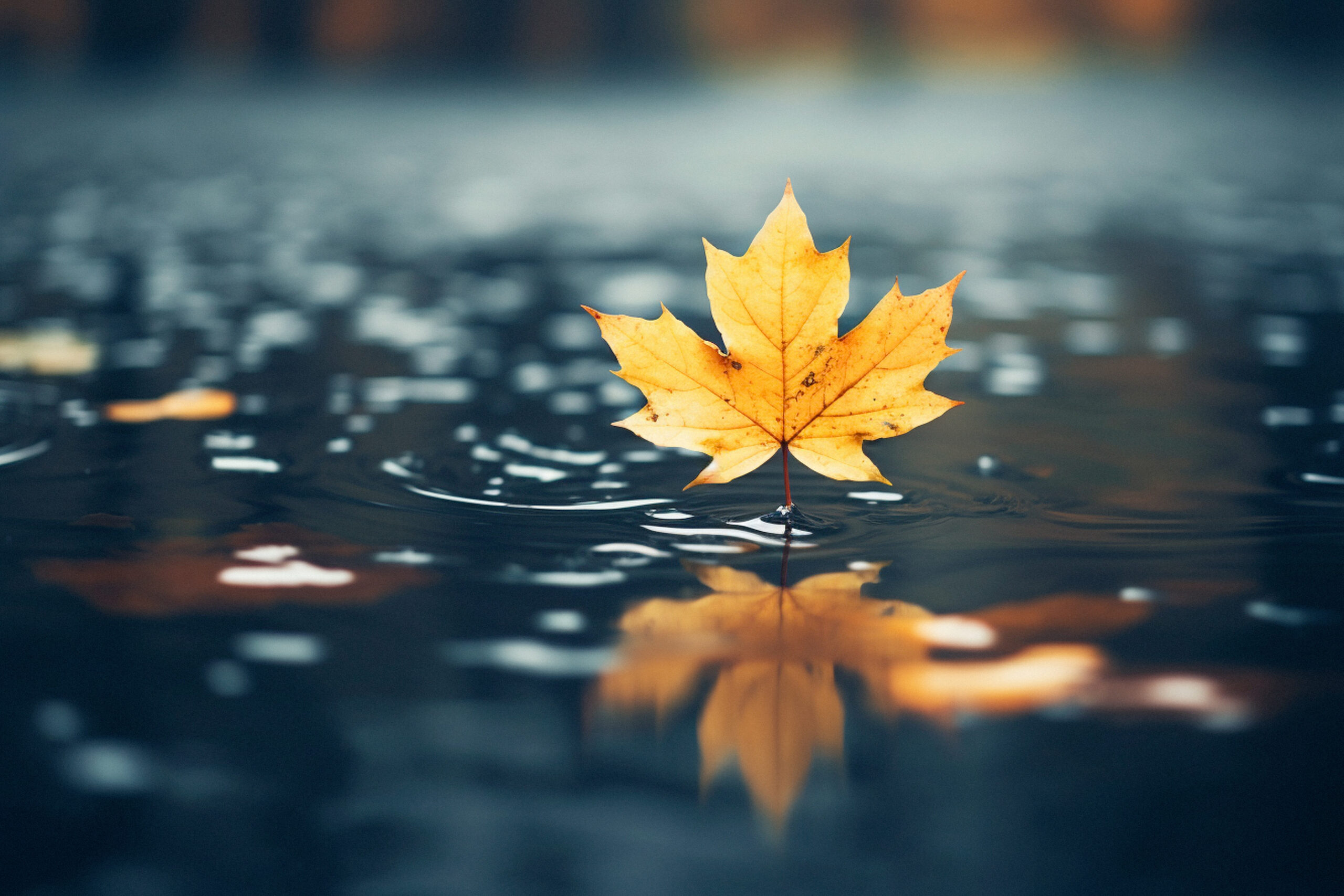Recreational Vehicle Water Tank and Pump: Complete Resource
Ready to discover what keeps your road trips rolling without a hitch? It’s all about your RV fresh-water Tank and Pump. Whether you’re heading to national parks or just a weekend retreat, getting a grip on your RV’s water system is paramount. The following guide we break down the fundamentals: the components, servicing, and best practices for trouble-free travel. Understanding each element, from the plumbing network to reservoir filling, guarantees water is always at your disposal during your excursions – RV black water macerator pump.
Fundamental Findings
- Getting familiar with the RV fresh-water setup elevates your travel experience.
- The RV water Tank and Pump are indispensable for a consistent water supply.
- Regular upkeep extends the longevity of your RV plumbing.
- Knowing how to fill your Tank properly can avert future issues.
- Fixing your water Pump can spare you surprise problems.
Getting to Know RV Water Systems
RV water systems are split into two primary parts: the potable-water setup and the grey/black-water mechanism. The clean-water circuit includes several core components like the water Tank, pressure Pump, and faucets, resembling home plumbing while catering to the ever-changing needs of living on the move.
Ensuring safe water is crucial for the system’s performance. It protects the health of all passengers. It’s important to keep the RV plumbing in excellent order through scheduled maintenance – covering proper drainage to avoid leaks and other hiccups. Timely inspections enable RV enthusiasts avoid water-related mishaps during their journeys.

The Role of the RV Fresh-Water Tank
The RV water Tank is indispensable for a smooth journey. It stores the clean water required for drinking, cooking, and cleaning. The capacity of this Tank varies with each RV model, determining how much water can be stored – and has a direct bearing on how long you can stay off-grid before requiring a refill.
Keeping the RV storage Tank clean is critical. Regular cleaning prevents harmful contaminants, ensuring water stays safe for use. Skipping maintenance can cause bacteria or algae growth, rendering the water hazardous.
Recognising the RV Tank’s role improves water management during trips. Diligent upkeep and timely refills deliver a care-free experience. It’s crucial to have ample water for all travel needs, ensuring a trouble-free RV adventure.
How to Fill Your RV Fresh-Water Tank
Refilling your RV fresh-water reservoir demands careful action to confirm it’s done correctly. There are two main methods: gravity filling and pressure filling. Mastering these techniques significantly improves your RV experience.
Gravity filling is direct. You just need a food-grade water hose. Attach this hose to a water source, then to the Tank’s opening, and allow gravity handle the fill. Be sure to keep an eye on the water level to avoid spills.
Pressure filling uses a city water connection, offering faster delivery. You should use a pressure regulator to manage water flow. Attach the hose from the municipal source to your RV. This approach ensures speedy and steady supply to your Tank.
Choosing approach you use, remember these vital safety tips: Consistently monitor the fill when filling to prevent overflow, and draw only potable water to ward off health issues. Mastering these filling and safety techniques will render your RV trips even more enjoyable.
RV Water Tank and Pump: Key Components Explored
The RV water Tank and Pump are vital to any RV’s plumbing system, ensuring a reliable and dependable water supply for all your needs. The RV water Pump’s main job is to move water from the reservoir, so clean water is always on call. That’s key for cooking, cleaning, and showering.
RV plumbing offers different Pump types, each with unique benefits. Diaphragm-style Pumps are favoured for their consistent water pressure, while centrifugal models are loved for mechanical simplicity and efficiency. It’s wise to weigh flow rate, noise, and installation ease when choosing your Pump.
To wrap up, the RV water Tank and Pump are non-negotiable to your water system’s operation. A robust Pump guarantees strong pressure and smooth flow, boosting your overall travel experience.
Picking the Perfect RV Water Pump
Finding the ideal RV water Pump is key for your plumbing’s best performance. When evaluating a Pump, weighing various points is crucial for a great camping experience. Ensuring it pairs with your RV’s water system is key.
Keep these important aspects in mind:
- Flow Rate: Opt for a Pump with a flow rate that matches your usage needs. A greater flow means faster reservoir refills.
- Pressure Ratings: Your RV’s various fixtures dictate the required pressure levels. Pick a Pump whose specs match those needs for smooth operation.
- Noise Levels: Noise can be an issue with some Pumps. If you prize silence, contrast models for their noise output.
Brands like Shurflo and VEVOR are among the top picks for many RVers, and they offer stand-out perks. A careful assessment of these brands will help your purchase process.
Understanding these factors is not only important for the right purchase but also prepares DIY enthusiasts with key know-how for upkeep and replacements.
Using City Water for Your RV
Connecting your RV to city water allows for an continuous supply of fresh water, letting you bypass just using your Tank. This ensures a more convenient camping experience. Make sure to follow proper steps for a secure hookup.
First, locate the city water connection port on your RV. It’s usually marked by a white or black connector, sometimes marked for ease. Use a potable water hose rated for RVs; this type of hose protects your water safe from contaminants.
It’s critical to attach a pressure regulator before making the connection. This gadget shields your plumbing by controlling the water pressure. With the regulator in place, link the hose from it to the water source.
Once connected, watch the water pressure. Maintain a steady, gentle flow to prevent hose damage. Inspect your hoses regularly for any wear or leaks and promptly replace parts as needed.
Adhering to these steps for city hookup boosts your camping convenience and helps in maintaining your RV’s condition.
Caring for Your RV Fresh-Water Tank
Keeping your RV’s water Tank is well cared for is vital for fresh, healthy water while out on adventures. A sound Tank wards off bacterial growth and contamination. First up, periodically sanitise the Tank: combine water with a bit of bleach for an effective residue-free clean.
It’s crucial to check leaks and monitor Tank pressure. Regular checks can detect problems early, sparing expensive fixes. A maintenance routine keeps the water system in excellent health.
For optimal maintenance, use a checklist:
- Check water levels and quality frequently.
- Sanitise the Tank bi-annually with a bleach solution.
- Inspect for leaks in the Tank.
- Monitor Tank pressure and Pump function.
- Flush the Tank to eliminate any sediment buildup.
RV Water Pump Diagnostics
RV water Pump issues can be frustrating, upending travel plans unexpectedly. Encountering strange noises, dealing with low pressure, or suffering complete Pump failure are typical problems. Knowing how to troubleshoot them can greatly improve your trips.
If you hear odd sounds from your Pump is usually a problem. Start is to check for loose connections and secure them. When confronted with low water pressure, checking hoses and fittings for leaks. Because a small leak can greatly affect flow, early troubleshooting is critical.
If your Pump fails altogether, verify electrical connections. Begin by examining the Pump’s fuse. If the fuse is fine, look further for wear or damage.
A systematic approach isolates and rectifies water system issues. Routine maintenance and inspection secure easier journeys.
| Issue | Possible Cause | Suggested Solution |
|---|---|---|
| Strange Noises | Loose connections | Tighten fittings |
| Low Pressure | Leaky hoses/fittings | Find & seal leaks |
| Pump Failure | Electrical fault | Check fuse/wiring |
| No Water Flow | Blocked lines | Flush obstructions |
Tips for Effective RV Water Use
Travelling in remote areas usually means limited water access. Efficient use in your RV is crucial. By adopting smart conservation tactics, you not only manage resources well but also elevate camping satisfaction.
To squeeze every drop of water on the road, try these tips:
- Take brief showers – aim for under five minutes.
- Install water-saving fixtures like low-flow showerheads and faucets.
- Reuse used water: dishwater can flush toilets or water plants.
- Monitor Tank levels regularly to prevent overflow.
- Plan water stops in advance: know filling stations along your route.
Conclusion
Grasping the intricacies of your RV water systems is key to a satisfying travel adventure. The Tank and Pump remain at the core of this, requiring routine upkeep. By looking after these systems, you secure a dependable supply and sidestep potential snags.
Diligent troubleshooting and checks reduce stress and spare time. Being proactive about upkeep is crucial, particularly when you’re far from help. Proper care lets you to optimise water use, raising comfort for everyone.
When you head out, use this guide to master your RV’s water systems. Making informed choices about plumbing and equipment equip you to relish the freedom of the road. Here’s to joyous and trouble-free travels ahead!


